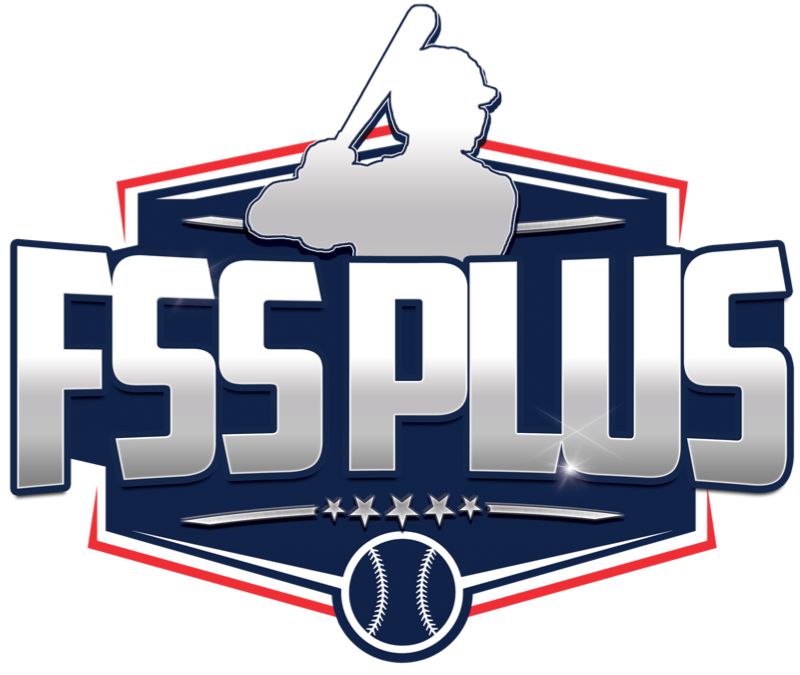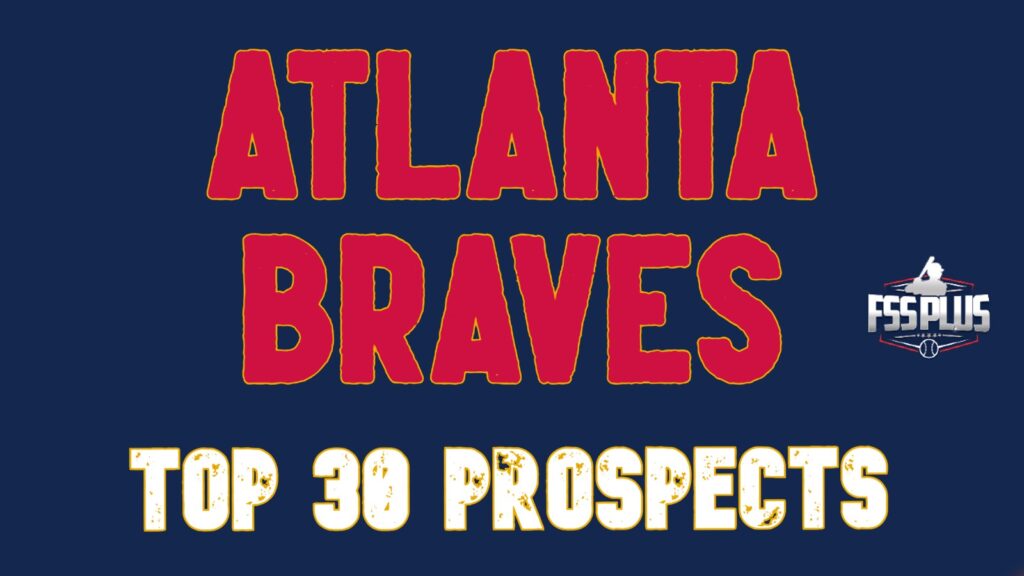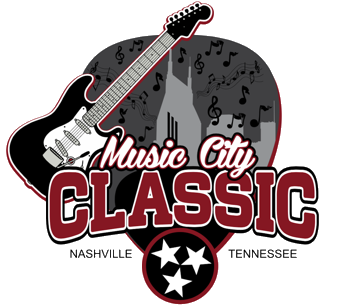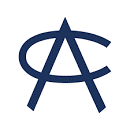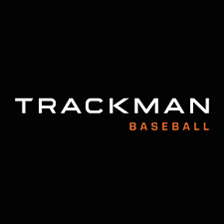The 2024 Preseason Top 30 lists are built around the idea of certainty and future Role. Similar to industry projection systems such as Future Value (FV), Overall Future Potential (OFP), and Grade, Role is a way to describe to what degree a player will add value to his organization at peak.
Our scale is a bit more conservative than other grading systems. We take into account recent seasonal performance, proximity to impact, metric/data analysis, and industry conversations to build a case for the most likely outcome for any given player.
It is important to note these Role labels are fluid and can change as a player moves up the developmental ladder. It is not uncommon for a player to change his role projection over even one month. Players jump from a Role 35 to a Role 40 quite quickly.
Things like mechanical adjustments and physical maturation can alter a player’s projection seemingly overnight. Players change. Keep that in mind.
Below is our Role chart used to place future projection on players.
| ROLE | DESCRIPTION |
|---|---|
| 20 | No organizational value. Non-prospect. |
| 30 | Organizational value, filler. Likely peaks at Triple-A or below. |
| 35 | Potential up-and-down, Quad-A prospect. Has some tools. Development necessary to secure prolonged MLB role. |
| 40 | Back-up at MLB level. No. 5 starter on non-competitive team. Depth. |
| 45 | Potential starter on contender. Bench player for championship-level team. |
| 50 | Starter on a championship-level team. Lacks star ceiling. Steady. Potential No. 4 starting pitcher. |
| 55 | Potential all-star. Some impact. Above average big-league regular. Mid-rotation starter on a contender. |
| 60 | All-star level player. Impact. Middle-of-the-order bat. No. 2 starter on good team. |
| 70 | Perennial all-star. Will contend for seasonal awards. Potential MVP/Cy Young upside. No. 1 starting pitcher. Ace. |
| 80 | Hall of Fame upside. Generational. MVP/Cy Young Favorite some years. Organizational pillar who can carry an entire franchise at times. |
You will not find players with a sub-50 Role on our Top 100 Prospect List. You are also unlikely to find any sub-35 Role players on a Top 30 board. Generally, organizations will have at least 30 players with big-league projection.
All rankings and roles by Joe Doyle
Player notes by Jason A. Churchill
The Braves system is shallow, lacking upside and depth, but they’ve graduated or traded several high-level talents to acquire the likes of Matt Olson and Sean Murphy.
The top of the organization consists of some velocity and near-ready pitching, but the chances there’s more than one rotation piece from it are not great.
| RANK | PLAYER | POS | ROLE |
|---|---|---|---|
| 1 | Hurston Waldrep | RHP | 55 |
| 2 | AJ Smith-Shawver | RHP | 50 |
| 3 | Owen Murphy | RHP | 50 |
| 4 | JR Ritchie | RHP | 50 |
| 5 | Spencer Schwellenbach | RHP | 50 |
| 6 | Cade Kuehler | RHP | 45 |
| 7 | Drake Baldwin | C | 45 |
| 8 | Drue Hackenberg | RHP | 45 |
| 9 | Dylan Dodd | LHP | 45 |
| 10 | David McCabe | 3B/1B | 45 |
Waldrep may end up with three plus pitches, starting with a fastball up to 99 mph setting up a bat-missing splitter and projectable slider.
He’ll have to throw more strikes to keep starting, but the raw stuff suggests a high-leverage relief option if the club has to make that move.
Waldrep has just eight pro games under his belt, but the stuff is big-league ready, so it’s likely he will start 2024 in Double-A or Triple-A looking to pound the zone and offer the Braves rotation help later in the season.
Murphy has shown two plus pitches in a low-90s fastball with arm-side run and carry and a power slider with short break. His curveball has depth and the right-hander also has a projectable changeup.
It’s present average control, but he commands his fastball well, including to his glove side, generally a significant challenge for young arms.
The 2020 first-round pick got to High-A late last season and while he could head back there to start 2024, it’s not out of the question Murphy reaches the majors if he continues to throw strikes.
It’s a mid-rotation ceiling, but one that could provide returns less than two years after signing.
Ritchie had UCL surgery in May and isn’t due back until at least mid-season, but he projects as a No. 3 starter with a full arsenal led by a fastball into the mid-90s and a slider that misses bats when he finishes out front.
Ritchie, who has logged just 27.2 innings in pro ball, will likely turn 21 before he returns to game action, but his athleticism and natural feel should him make up for some lost time.
Dodd doesn’t throw hard, but commands his low-90s fastball very well, allowing him to tease batters with his above-average slider and changeup.
The lefty lacks upside at 25 and 6-foot-2 and 210 pounds, but made his big-league debut last year and will be at the top of a short list should the big club need an arm, no matter the role.
| RANK | PLAYER | POS | ROLE |
|---|---|---|---|
| 11 | Blake Burkhalter | RHP | 40 |
| 12 | Ignacio Alvarez | 3B | 40 |
| 13 | Garrett Baumann | RHP | 40 |
| 14 | Darius Vines | RHP | 40 |
| 15 | Luis Guanipa | OF | 40 |
| 16 | Sabin Ceballos | 3B | 40 |
| 17 | Jesse Franklin | OF | 35 |
| 18 | Jhancarlos Lara | RHP | 35 |
| 19 | Lucas Braun | RHP | 35 |
| 20 | Luis De Avila | OF | 35 |
| 21 | Seth Keller | RHP | 35 |
| 22 | Cal Conley | SS | 35 |
| 23 | Adam Maier | RHP | 35 |
| 24 | Diego Benitez | SS | 35 |
| 25 | Douglas Glod | OF | 35 |
| 26 | Allan Winans | RHP | 35 |
| 27 | Ambioris Tavarez | SS | 35 |
| 28 | Alan Rangel | RHP | 35 |
| 29 | Luke Waddell | 2B/SS | 35 |
| 30 | Isaiah Drake | OF | 35 |
Alvarez, a natural shortstop known as ‘Nacho,’ has upside, though probably ends up at third base. He makes consistent contact, draws a lot of walks, and flashes above-average power, though the right-handed hitter still is learning to create loft on the regular.
He’s 21 in April but may start 2024 in Double-A after a .284/.395/.391 performance in High-A Rome.
Ceballos was the Braves’ third-round pick last July and got his feet wet with 14 games split between the complex league (15 PAs) and Class-A affiliate in Augusta (35 PAs), making loud contact and flashing his terrific hands at third base.
Lara, 21, may be a reliever-only prospect if a third pitch and better control fail to develop, but his arm is loose, producing high-90s velocity and a big-time power slider.
Keller is an undersized righty with average stuff and command, but his arm is quick and there’s a chance at three above-average secondaries and plus velocity when all is said and done.
His role is yet to be determined, but if his stuff progresses without giving up command he’ll profile as a No. 4 starter with a middle-relief floor.
Tavarez projects as a shortstop with a lot of fringe-average tools, but there may be 15-18 homer power, suggesting if he can find a way to make contact consistently the profile will point to a big-league role.
Drake was Atlanta’s fifth-round pick a year ago and enters pro ball with a chance to hit .250 with 15 homers. His speed stands out for now and may allow him to develop into an above-average defender in center.
- The Diamondbacks return for Josh Naylor… - July 25, 2025
- Five 2025 draft picks that could win Rookie of the Year in 2026 - July 21, 2025
- 2025 MLB Draft: The predictions you didn’t know you needed - July 16, 2025
